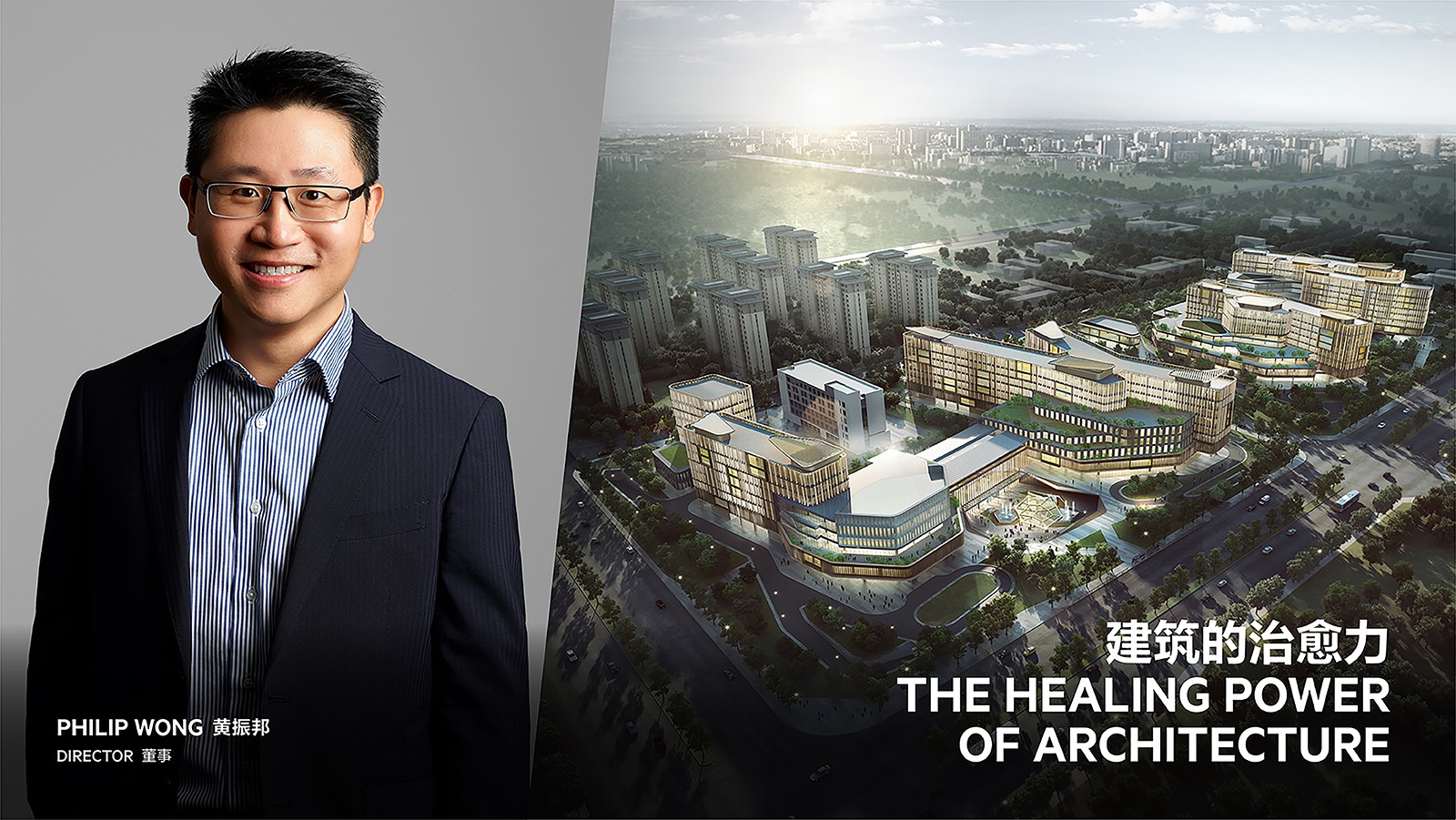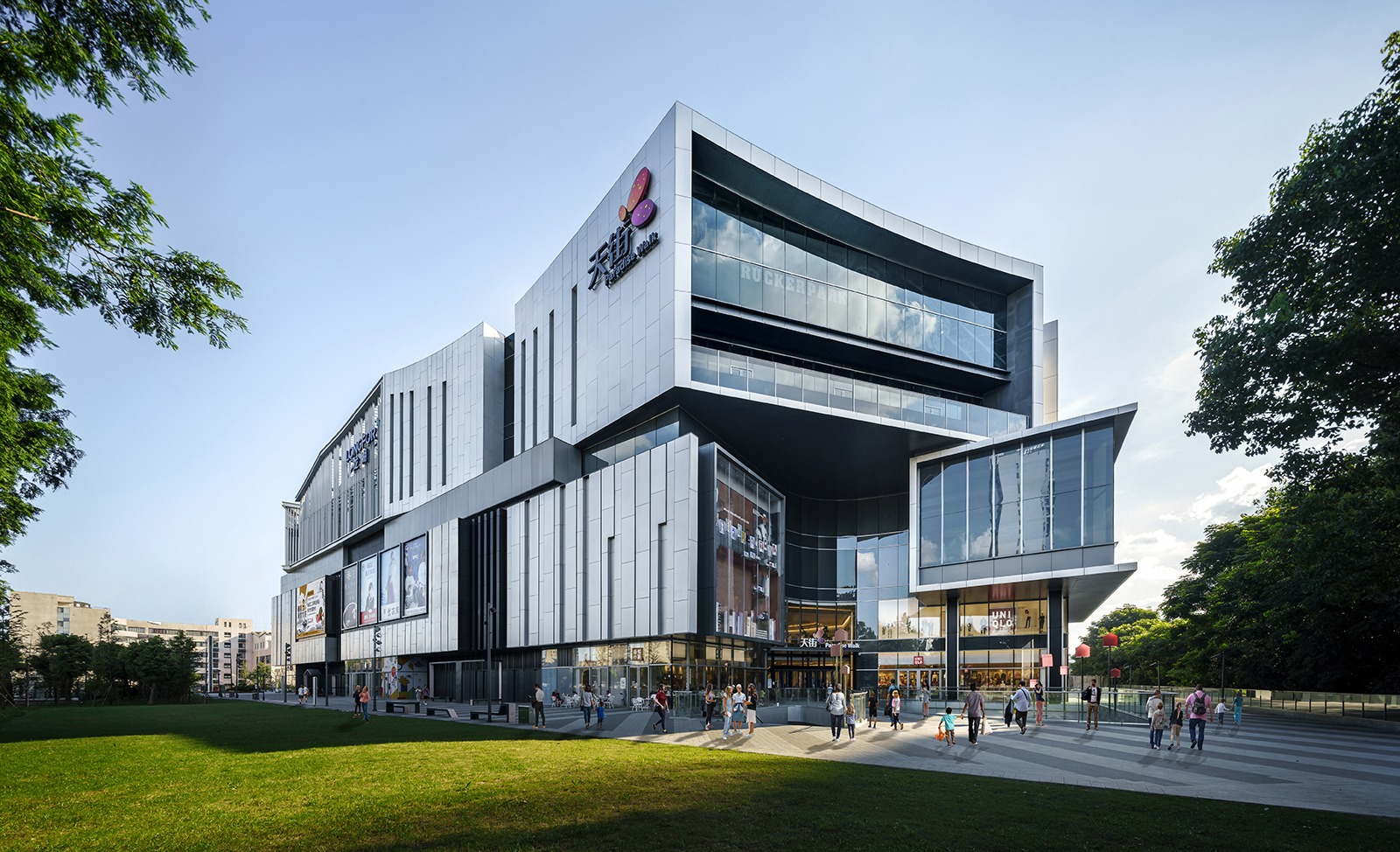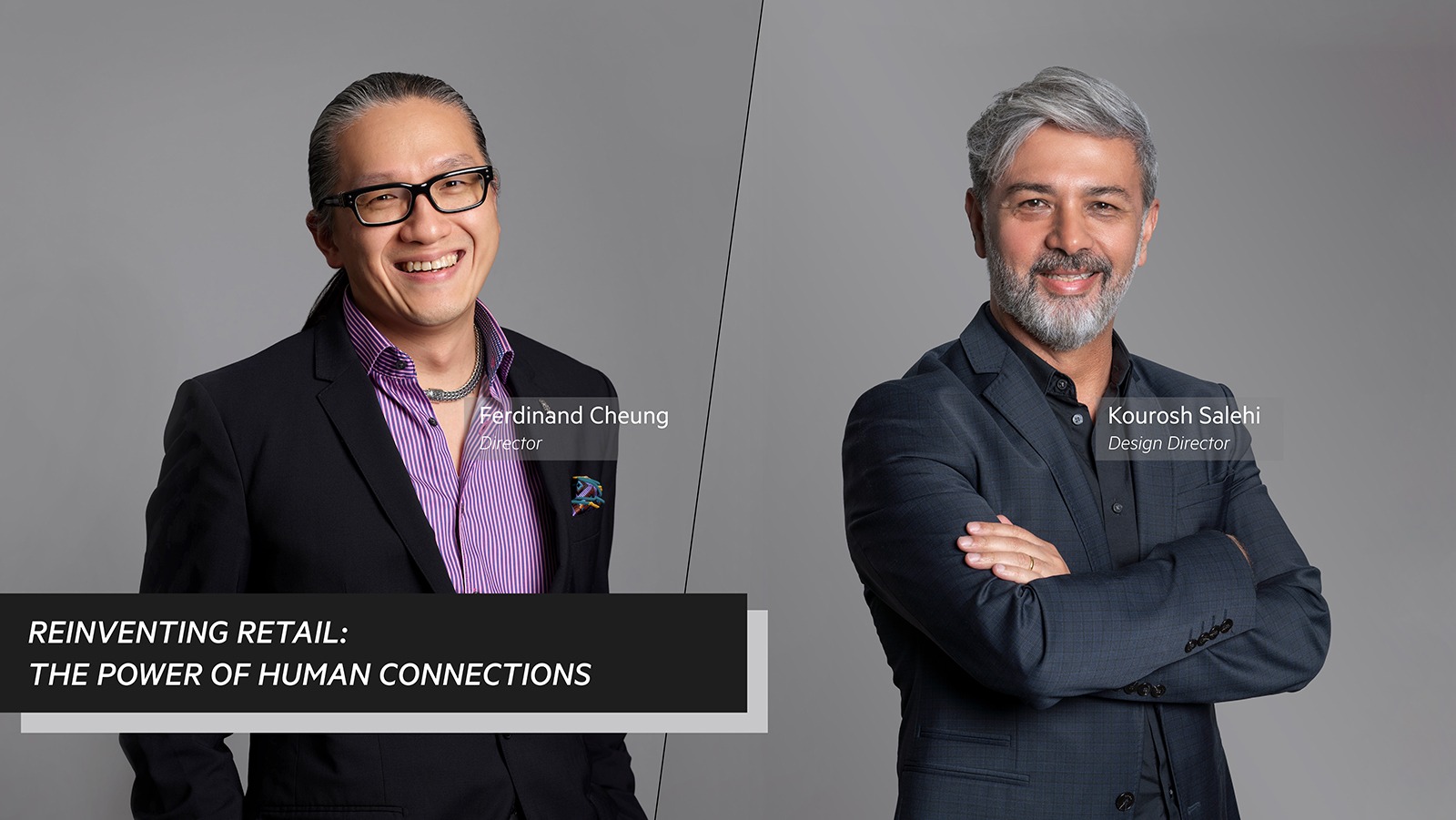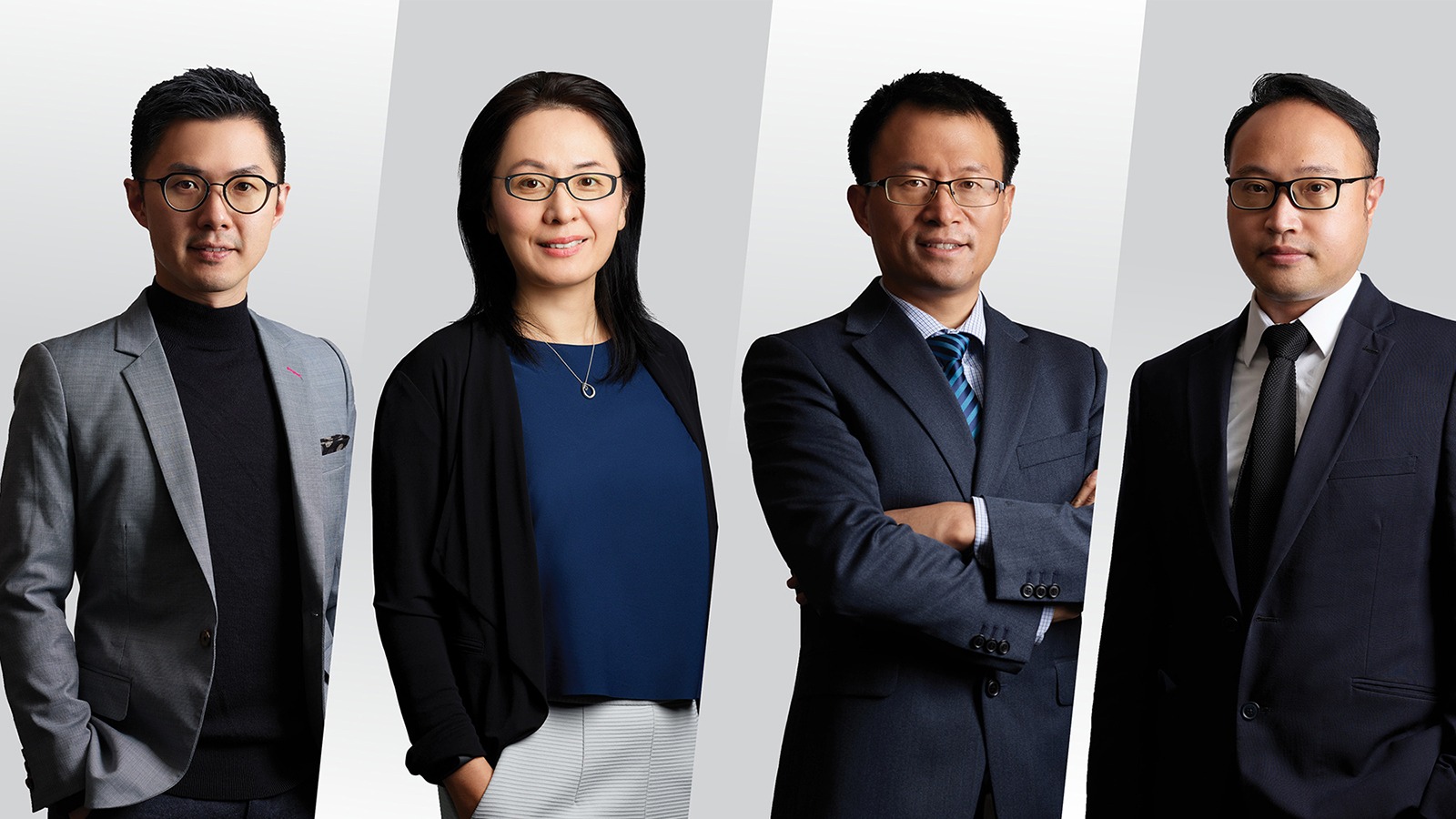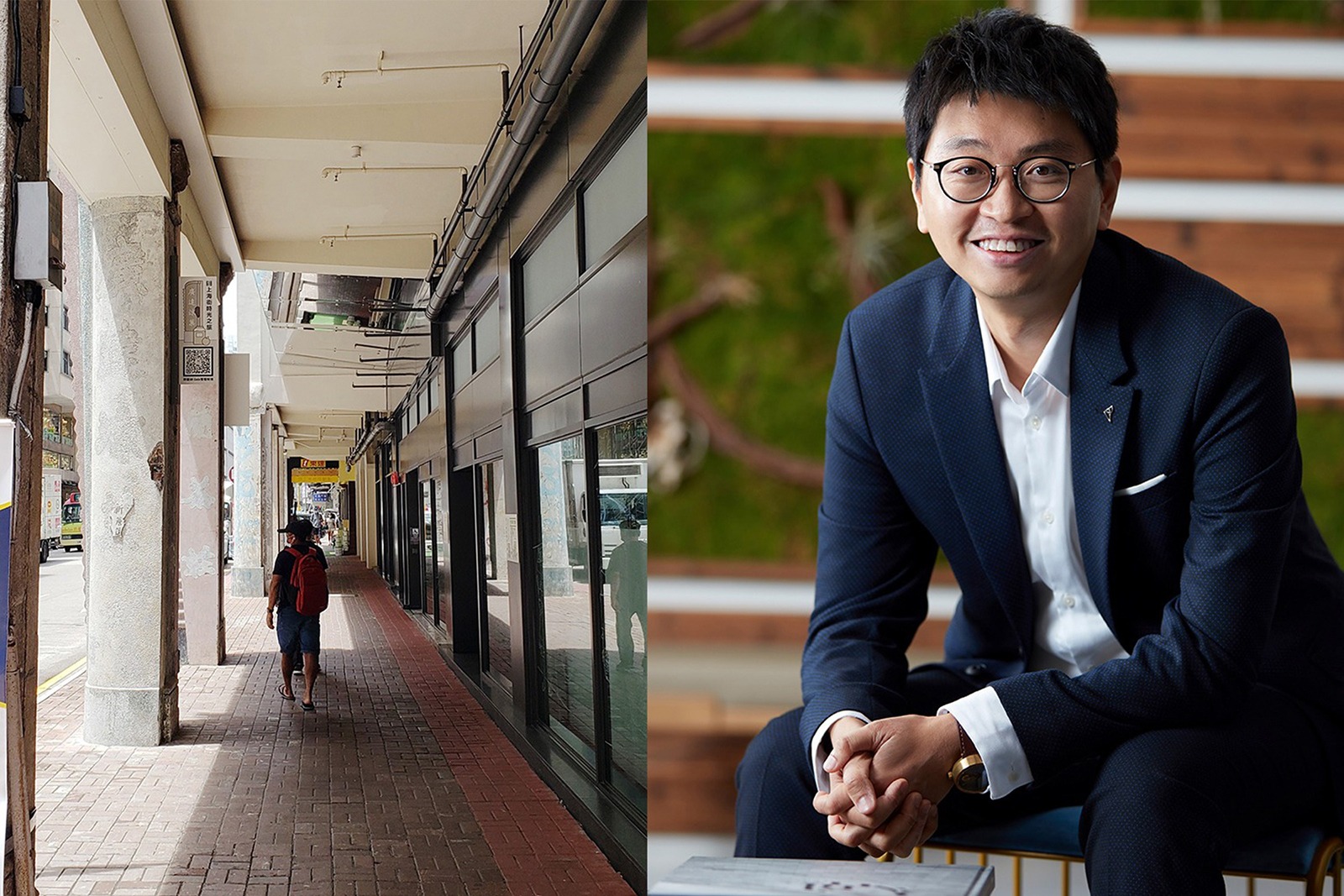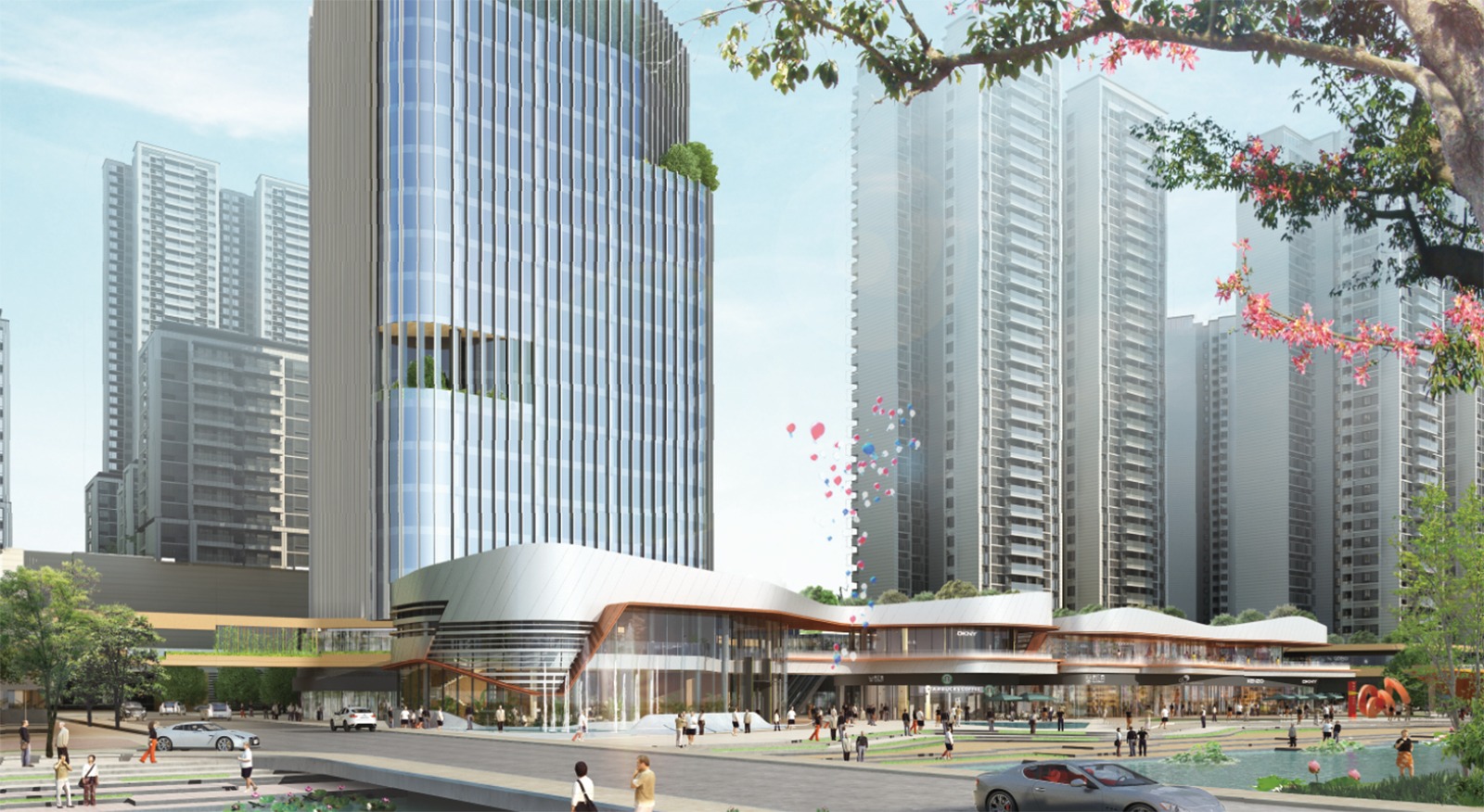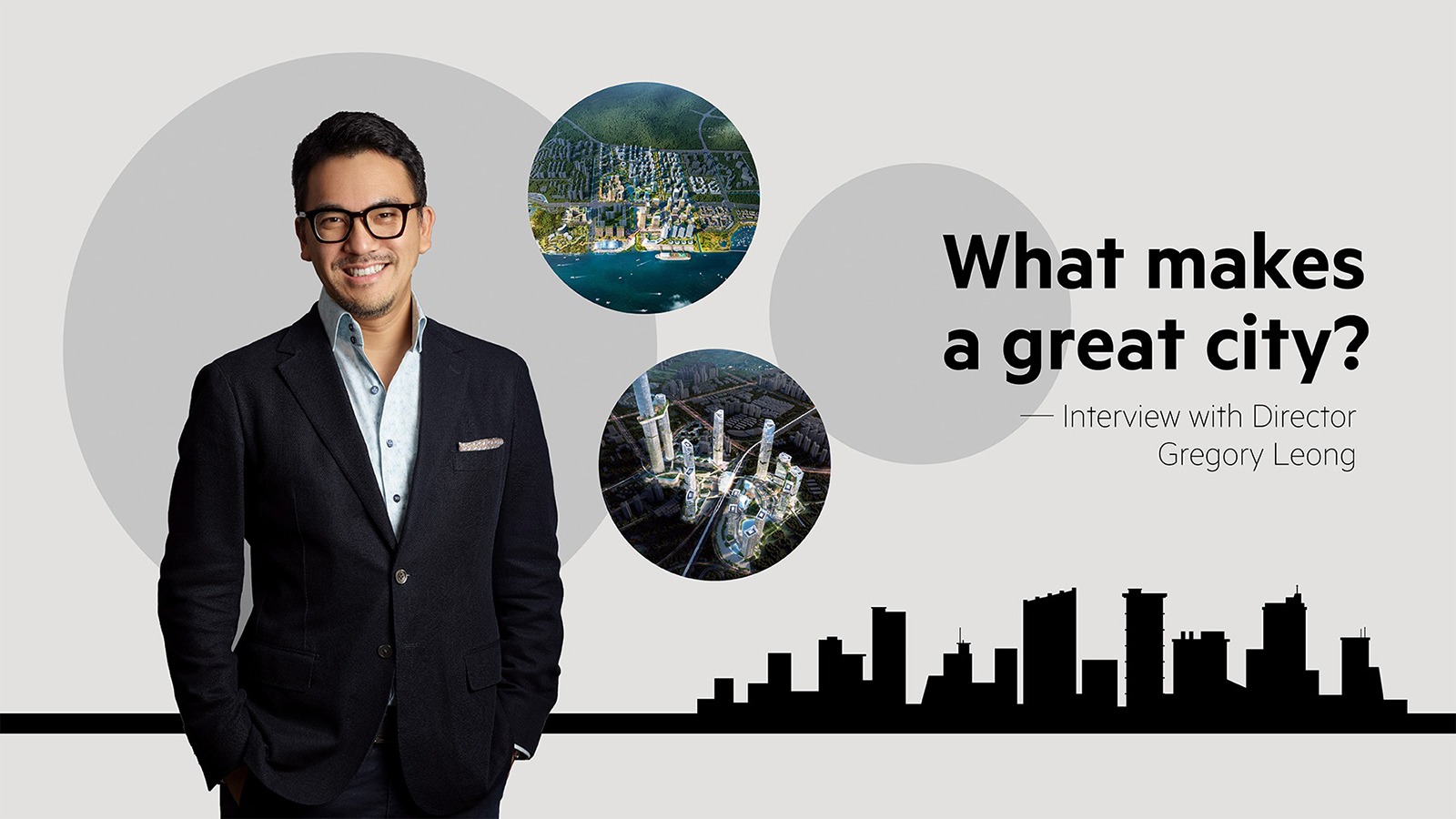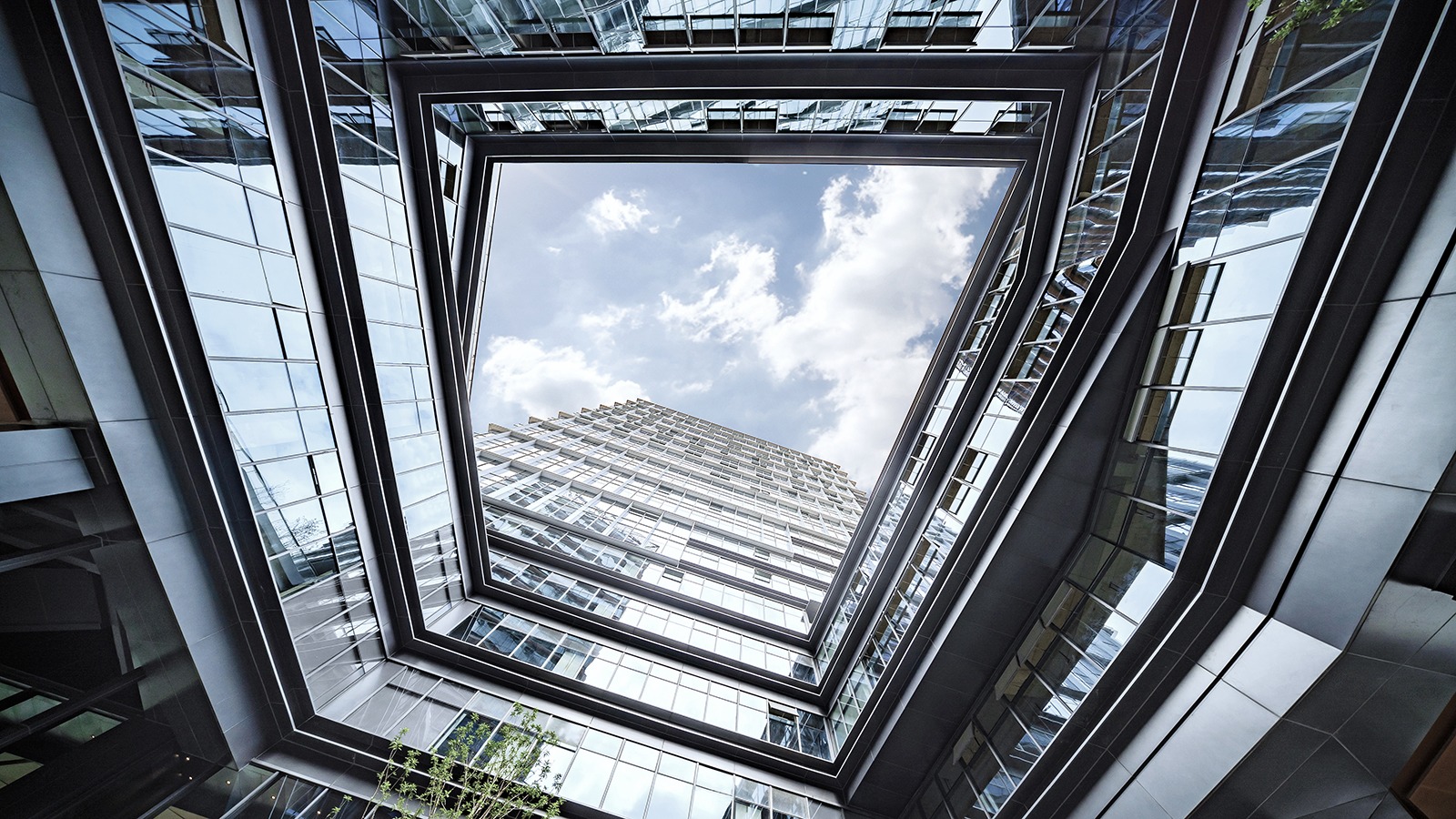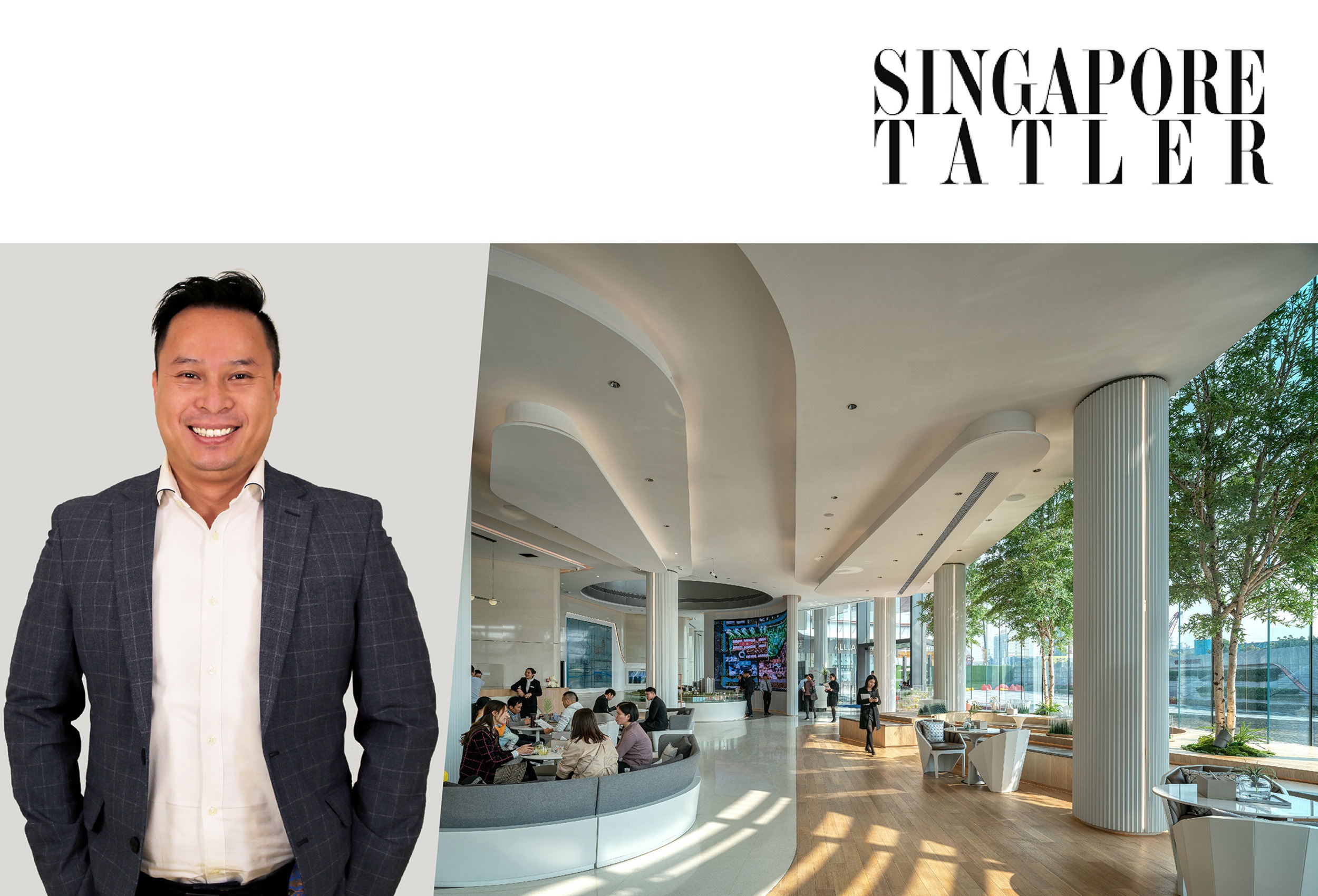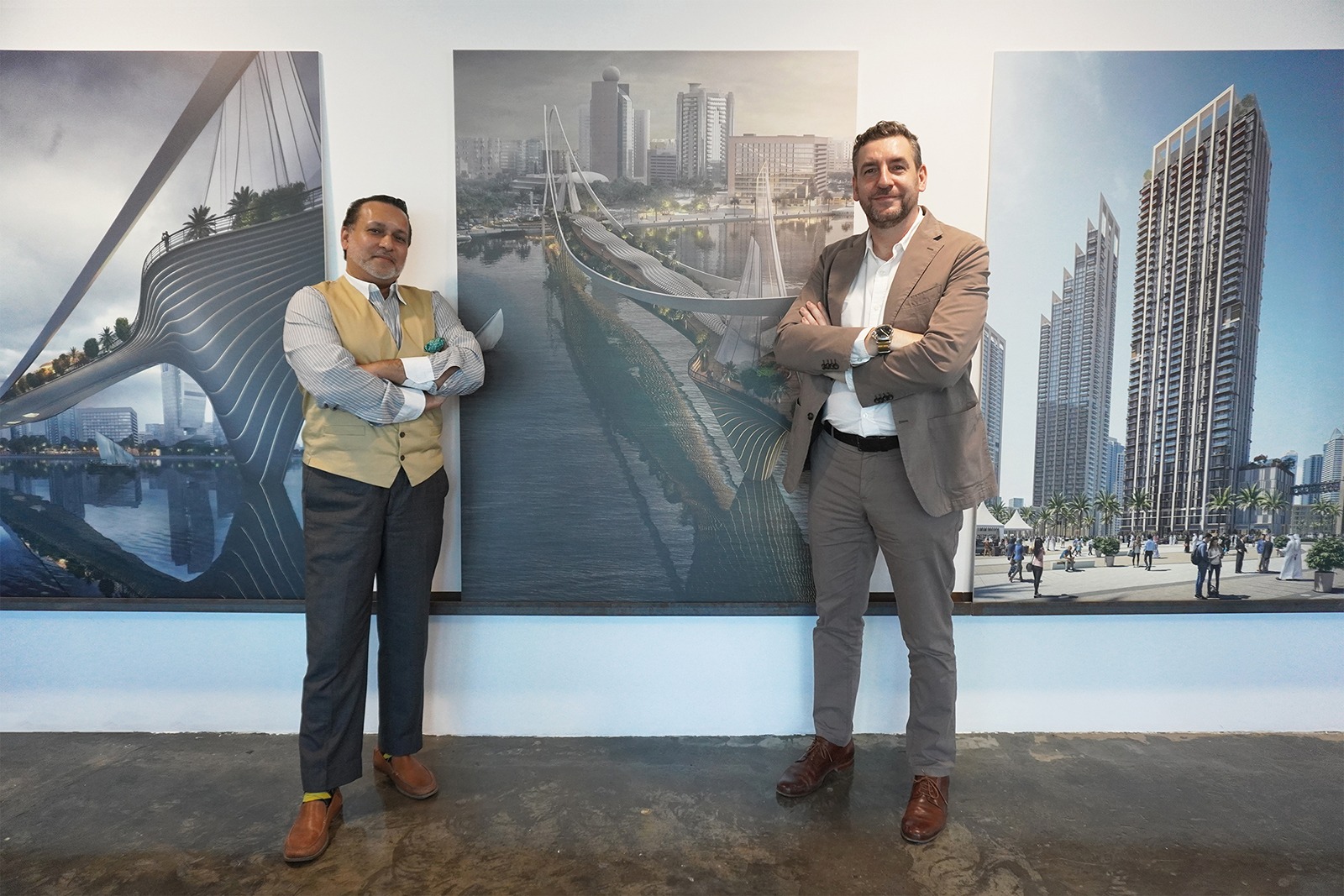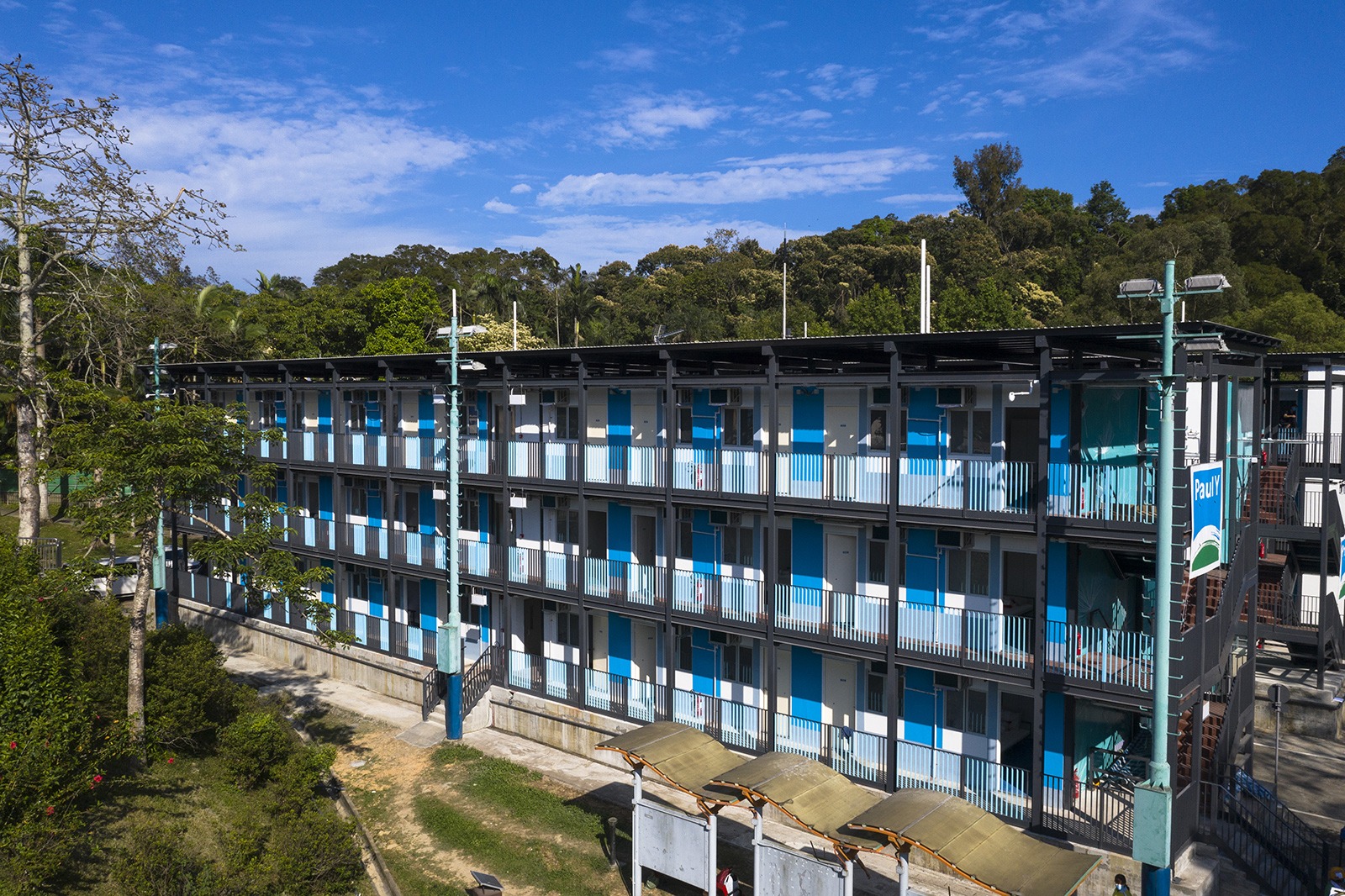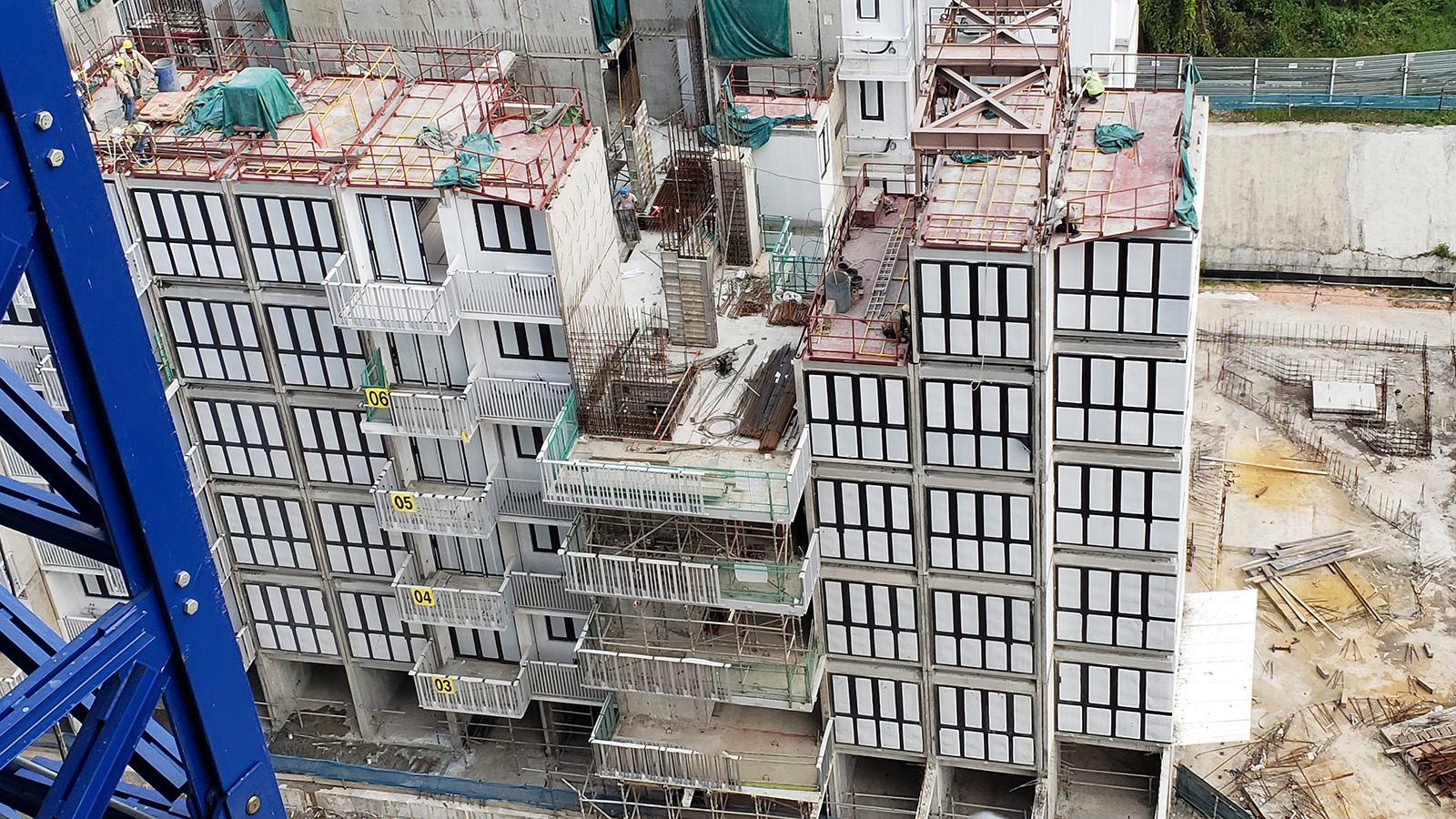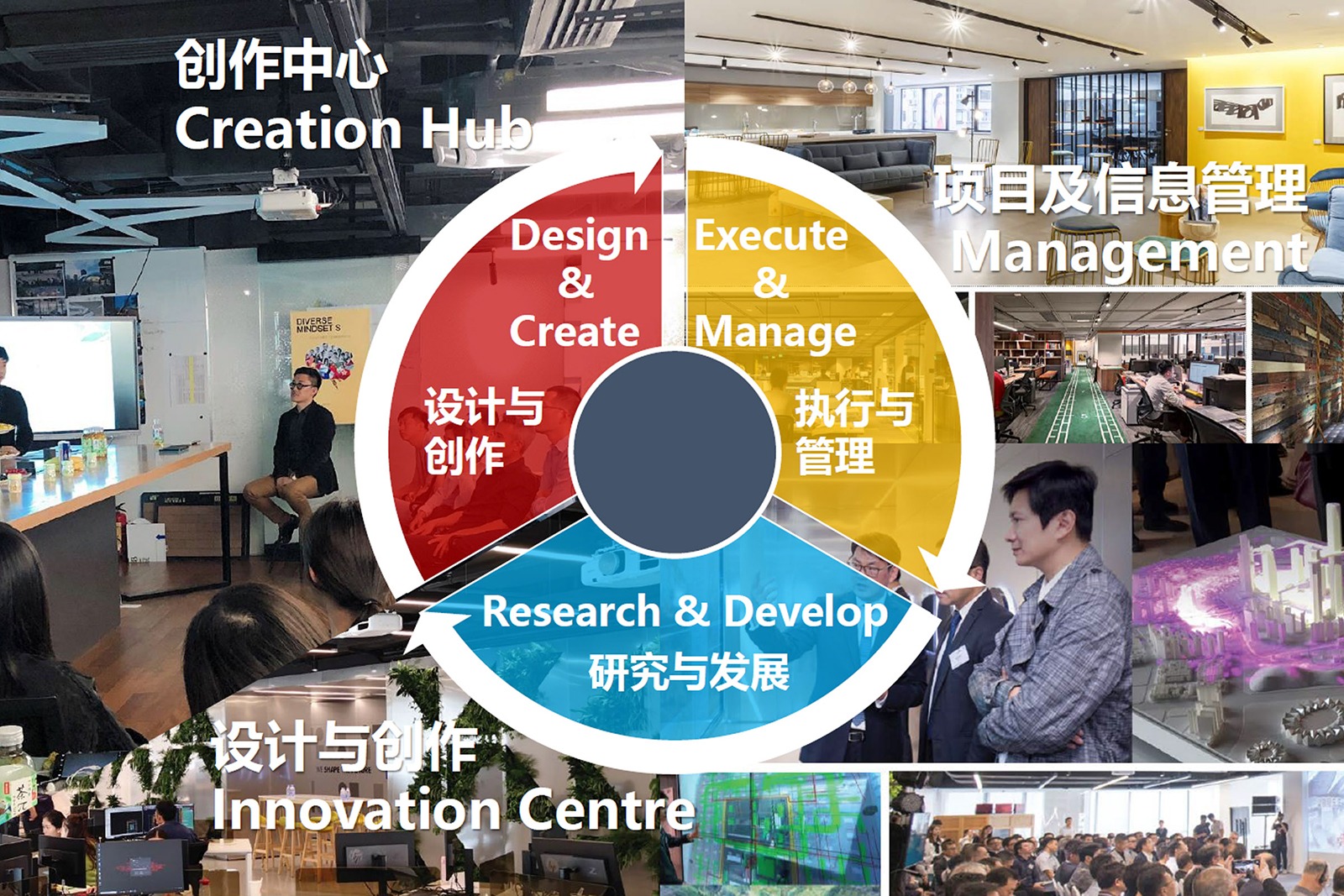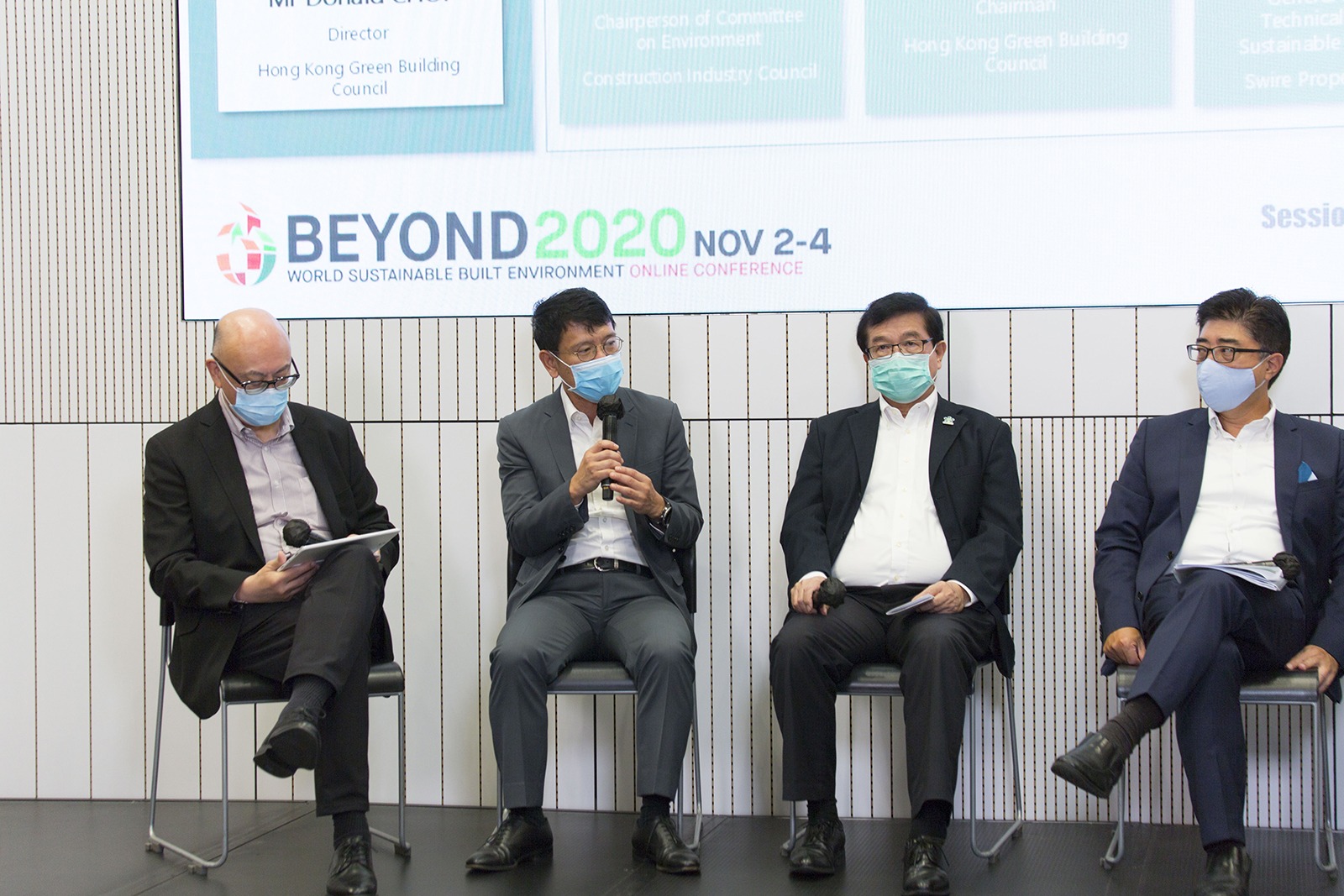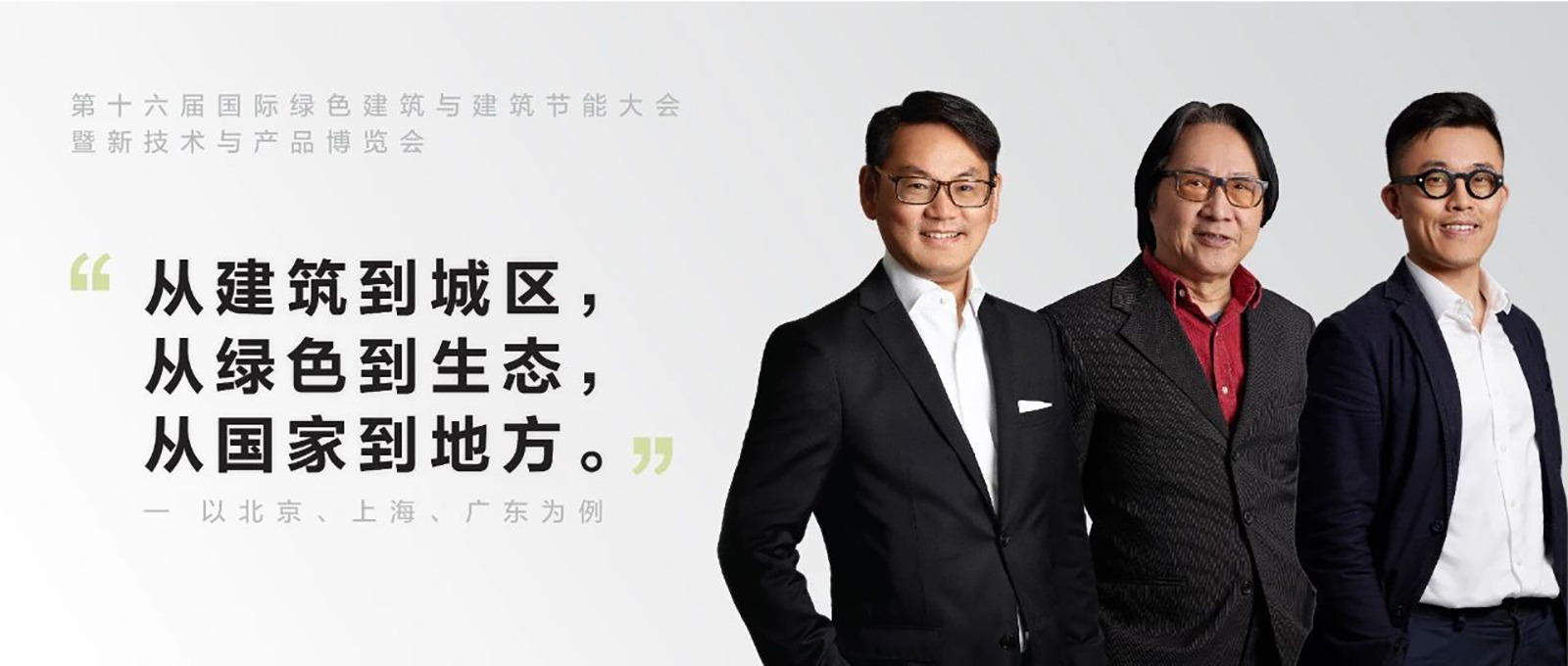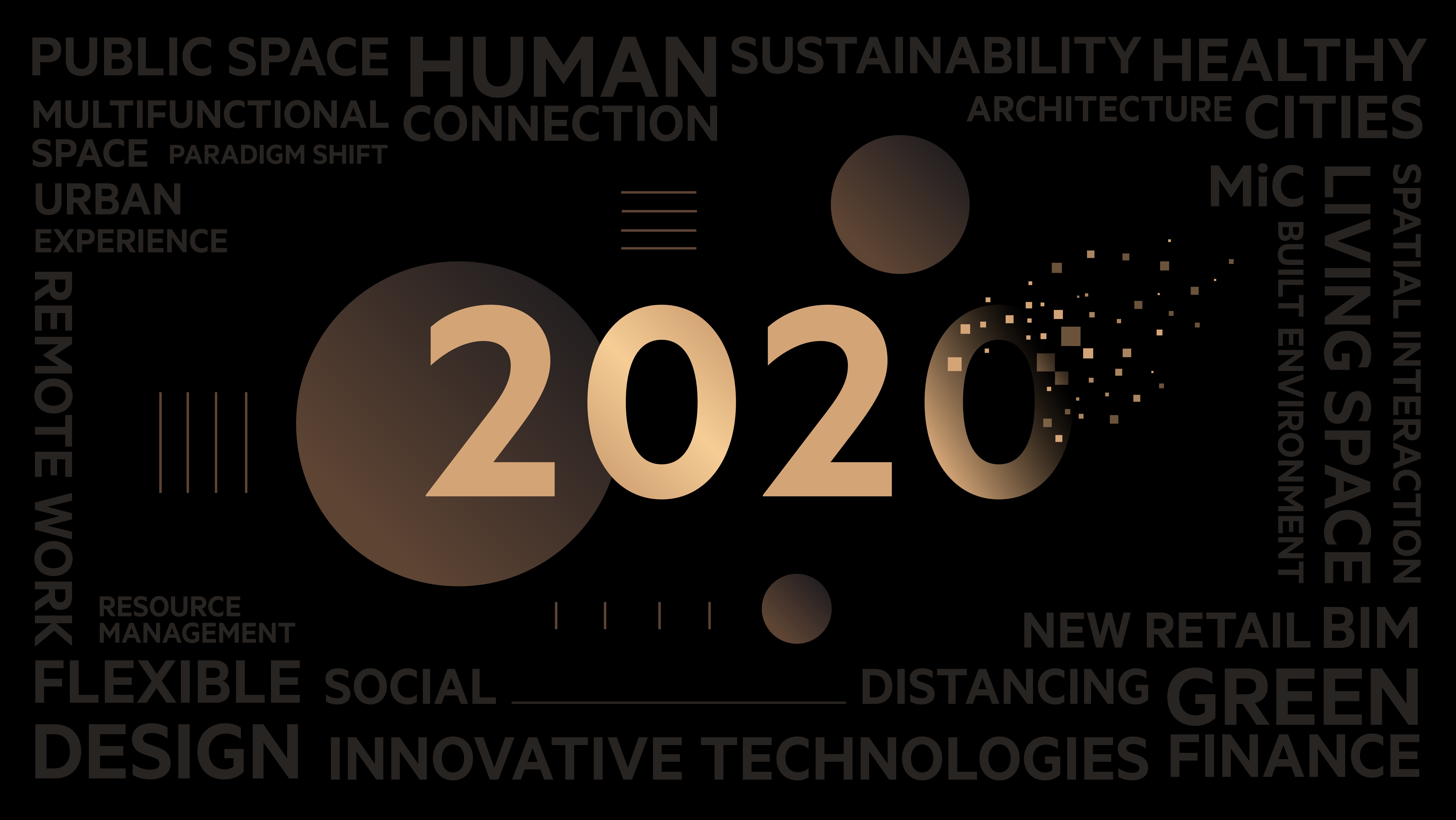
31 December 2020
HOW 2020 RESHAPES ARCHITECTURE
2020 is coming to a close after myriad challenges and uncertainties. As an active contributor to the global cityscape, LWK + PARTNERS constantly reflects on the lessons learnt during this critical time. While the pandemic has brought us new perspectives, how have latent trends resurfaced? How does design adapt to all the changes? As we near the end of the year, we take this opportunity to revisit some of our key thinking in the spirit of appreciation and seek to offer insights on the future development of cities.
01 Health and wellness in architecture
The significance and diverse nature of health and wellness come well into public attention. Not only are people more aware of their physical and mental bearings, but they also realise that joint effort from the community is needed in creating a healthy environment with a focus on the quality of life.
Future healthcare spaces are set to adopt a client-oriented approach. Besides the traditional focus on operational efficiency, these facilities are expected to embrace friendly, humanised designs with diverse functional spaces and lush greenery to equip the space with healing power and improves the overall community well-being. Click here to read LWK + PARTNERS Director Philip Wong’s views on healthcare design trends.
Because of COVID-19, health and wellness as design objectives have gradually grown beyond healthcare spaces and employed in different types of architectural environment. Retail development Zijing Paradise Walk in Hangzhou, recipient of RLI Most Anticipated Opening 2020, is one recent example which features a culture and wellness theme to promote an active lifestyle. Click here to learn more about the concepts behind.
Social needs are an important aspect to mental health. With social distancing, we have seen growing demands for relaxing or leisure spaces within the city. As the public has shown increasing concern about living and social experiences, the role of public spaces in architectural design has become more evident, shifting commercial design towards an experiential model. Ferdinand Cheung, Director and head of Commercial & Mixed-use Design Team at LWK + PARTNERS, and Kourosh Salehi, Design Director and principal designer of our Dubai studio, discussed how human connections play a vital role in the success of retail architecture, in an article titled “Reinventing Retail: the Power of Human Connections” (click to read).
At a roundtable discussion (click to read full article), four members of LWK + PARTNERS Commercial & Mixed-use Design Team shed light on the future retail experience. Their conversation similarly underscored the role of social connection in creating a successful retail space, as well as an exploratory experience. Design should also integrate with the local environment and enrich people’s lives in terms of density, view, greenery, walkability and transport connections.
02 Redefining urban design and planning
Building healthy cities has been under the industry’s spotlight in the past year which also brings deeper meaning to relevant notions and wider applications at a macro-level of city and community planning. LWK + PARTNERS Director HC Chan talked about the paradigm shift in Hong Kong community planning with Hong Kong’s Kai Tak new area as example in an interview. Click here to read the full article.
In recent years, the topic of transit-oriented development (TOD) has generated heated discussions in the industry, zooming in on topics like self-sufficient communities and living convenience. How can we better orchestrate our living environment, functional spaces, public spaces and transportation infrastructure, to build a sustainable community with local identity? We believe that TOD holds the future for people-oriented sustainable cities by reimagining how people live, work and commute.
Gregory Leong, LWK + PARTNERS Director and head of Planning & Urban Team shared four strategies on designing liveable cities. Read his full interview here.
03 Rediscovering spatial possibilities
2020 has definitely set free our imagination of urban spaces! Social distancing and tourism downturn have not prevented us from reaching out to one another – connections have only gone more diverse in form and pace.
Having a variety in lifestyle is a growing priority for today’s society. Designers are committed to breaking through barriers and openning up possibilities for spatial interaction, leading to the birth of mixed-use complexes integrating work, entertainment and social functions. Aoti Vanke Centre, which opened in Hangzhou in 2020, reinterprets the podium-tower typology by adopting an open courtyard as its core area accompanied by multi-layers of public spaces, increasing the level of user engagement. Check out the grand opening of Aoti Vanke Centre here.
The new normal of indoor living has taken place in our daily lives and reshaped our understanding of spatial use. Aside from diversified modes of work, people have also begun to exercise, study, eat and rest in one confined space. Speaking to Tatler Singapore (click to read), our Design Director Paul Ma points out that not only will future spaces be planned with an increased concern for health and safety, but also flexibility, leading to the rise of multi-functional spaces.
Face-to-face connection stays at the top of people’s minds even with the growth of remote work. In 2020, LWK + PARTNRES continues to expand its global footprint by launching a new office in Riyadh, Saudi Arabia, making it easier for clients in the Middle East & North Africa (MENA) region to get in touch. Click here for the full press release.
04 Rapid growth of innovative technology applications
The pandemic not only changed the way we live rapidly, but also offered opportunities to try out different kinds of innovative technologies which are still at the early development stage, including Modular Integrated Construction (MiC) in Hong Kong.
In April 2020, LWK + PARTNERS completed the Sai Kung Outdoor Recreation Centre Temporary Quarantine Facilities in collaboration with Paul Y. Construction and Paul Y. – iMax to assist the government’s response to COVID-19. It is one of Hong Kong’s pilot cases for MiC, and it took only 77 days to design and build three blocks of three-storey facilities from scratch, providing 99 temporary units, setting the city’s record. This approach uses prefabricated modules, substantially raising the levels of efficiency and quality while reducing construction wastage and time of on-site work, marking an important step toward sustainable development. Learn why MiC is key to sustainable development.
Also click here to read LWK + PARTNERS Director HC Chan’s sharing on Singapore’s MiC applications.
The implementation of MiC requires the support from Building Information Modelling (BIM), especially the building of Common Data Environments (CDEs). BIM is a global trend for the building industry that is impossible to neglect. Since early 2000s, LWK + PARTNERS has introduced it to its operations and continues to optimise its application throughout the whole life-cycle of buildings to streamline the integrated process from planning and design to execution and operations. These initiatives have emerged especially meaningful in 2020 with the growth of remote collaborations. In October, a LWK + PARTNERS webinar saw Design Director Ricky Wang and Associate Directors Henry Man and Bruce Wong from our Greater Bay Area studio sharing how Hong Kong, Guangzhou and Shenzhen teams worked effectively across borders. Click here for a replay (webinar was in Mandarin).
05 Green, sustainable development enters new era
Notions like sustainable development, green architecture and eco-cities have garnered unprecedented attention in 2020. Architects spend a lifetime exploring the relationship between people and nature, but this year saw renewed interest in natural resource management, ecological balance and green living, from the global community to individual households.
LWK + PARTNERS Director Ivan Fu highlights three ways in achieving net zero at Beyond 2020: World Sustainable Built Environment Online Conference: 1) establishing frameworks to increase measurability 2) promotion of green finance development, and 3) industrialisation of construction. Click here for more detail.
Eco-cities enhance people’s quality of life while promoting biodiversity, integrating human activities with the natural world as seamlessly as possible. While people-centered eco-cities entails a complex interplay of land use, resources, transportation, technology, economics, people and society, 2020 offers an opportunity to re-examine these interactions and inspire new thinking.
LWK + PARTNERS Design Research Director Professor Stephen Lau (middle in image below) shared research outcomes of Greater Bay Area studio at the 16th International Conference on Green and Ecology-efficient Building & New Technologies and Products Expo (click here for more).
2021: Designing for the wellbeing of city
Looking back at this uneasy year which changed our lives dramatically, LWK + PARTNERS is committed to safeguarding our cherished values of urban living with design, vision and practice. We remain thankful for this challenging year which has brought our society together, to be united and determined in making cities healthy, liveable and sustainable. We expect these trends to continue next year in response to people’s hopes for a fulfilling life.


